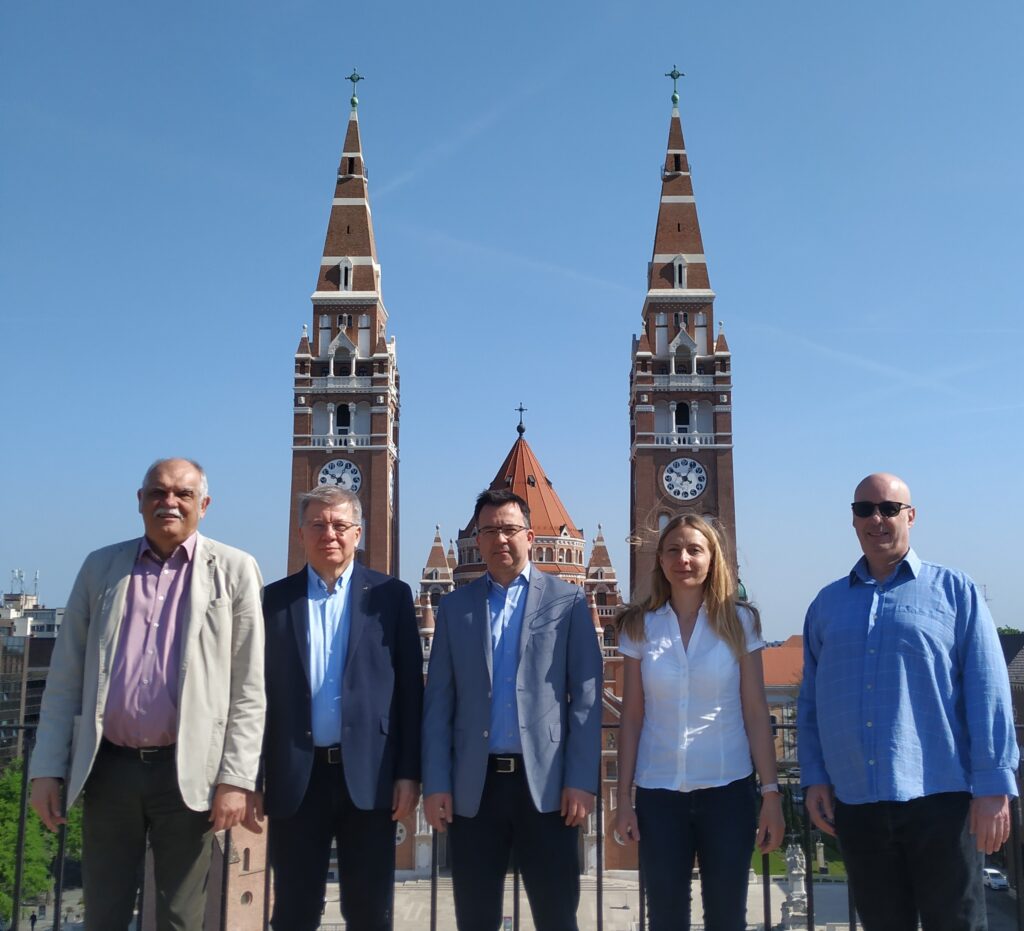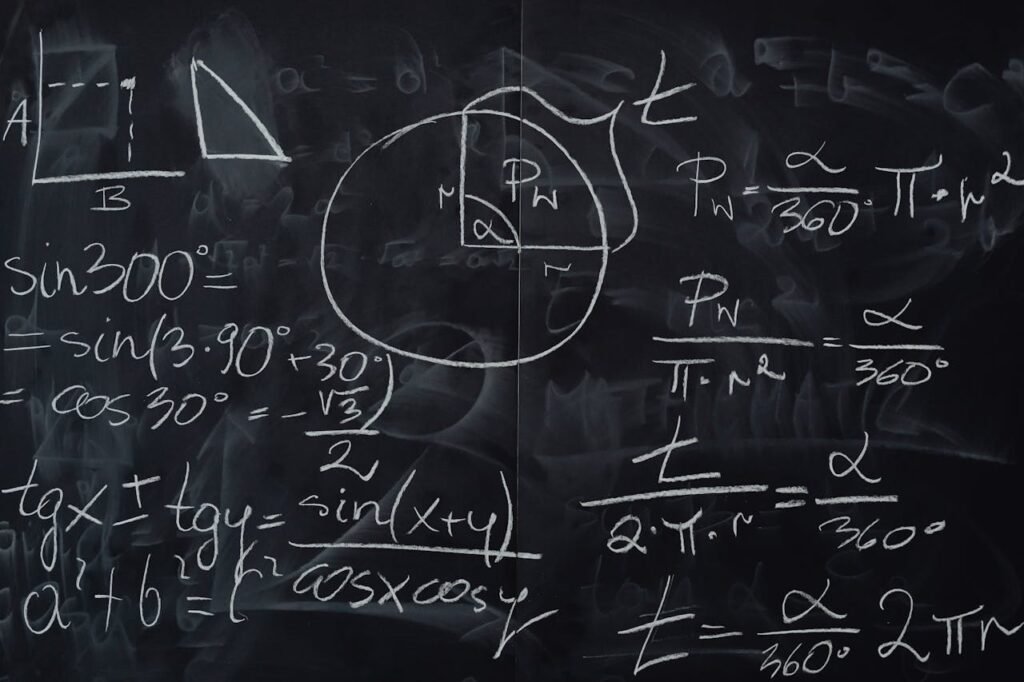Protein-protein interactions. Protein-protein interactions (PPIs) play a key role in cellular processes, including pathological conditions such as cancer progression. We work on methodological developments that can be used to create new types of biomimetic active substances modulating cancer-related hard-to-drug protein-protein interactions. One of our approaches is to rationally design inhibitors based on prior structural information and chemically modify a known binder to improve its properties. We also follow a bottom-up fragment-centric development. First, short protein surface mimetic sequences that can bind to the target protein weakly are selected. Then, the small proteomimetic building blocks are linked together, thus achieving stronger binding.

Development of biomimetics using systems chemistry and chemical evolution. We use systems chemistry approaches to select the best multivalent ligands in the fragment-centric strategy. In protein-templated dynamic combinatorial libraries under thermodynamic control, molecular recognition transfers the structural information to the ligands, and the building of high-affinity multivalent ligands is amplified. On the other hand, chemical evolution-based molecular systems work far from equilibrium and require external energy input to cover entropy production. We have constructed a UV light-fuelled chemical network with primitive biomimetic peptidic foldamer components displaying sequence-dependent replication and replicator decomposition. We have adapted this system for ligand development, using the target protein as a selection factor (template).
Cell delivery. The mammalian cell membrane represents a barrier mostly impermeable to extracellular proteins that can potentially act as specific and tolerable drugs. Therefore, effective degradation-free intracellular protein delivery at therapeutically relevant extracellular/serum concentrations is among the most important challenges in drug development. We have discovered a pentapeptidic tag WYKYW and a macromolecular assembly with this segment, which can route macromolecular cargoes to the degradation-free lipid raft-mediated endocytic pathway at therapeutically relevant extracellular concentrations (low nM).
Chemical cell biology. Working at the interface of chemistry and biology, we seek to answer questions related to cancer cell growth, migration, and metastasis in ways that complement traditional biological approaches. We focus on the role of Raf kinase inhibitor protein (RKIP), a multifunctional modulator of intracellular signal transduction.
Selected publications:
Light-fuelled primitive replication and selection in evolvable biomimetic chemical networks. Bartus, É.; Tököli, A.; Mag, B.; Bajcsi, Á.; Kecskeméti, G.; Wéber, E.; Kele, Z.; Fenteany, G.; Martinek, T. A. J. Am. Chem. Soc. 2023, 145, 13371-13383.
Promiscuity Mapping of the S100 Protein Family Using a High-Throughput Holdup Assay. Simon, M. A.; Bartus, É.; Mag, B.; Boros, E.; Roszjár, L.; Gógl, G.; Travé, G.; Martinek, T. A.; Nyitray, L. Sci. Rep. 2022, 12 (1), 5904.
Proteomimetic Surface Fragments Distinguish Targets by Function. Tököli, A.; Mag, B.; Bartus, É.; Wéber, E.; Szakonyi, G.; Simon, M. A.; Czibula, Á.; Monostori, É.; Nyitray, L.; Martinek, T. A. Chem. Sci. 2020, 11 (38), 10390–10398.




